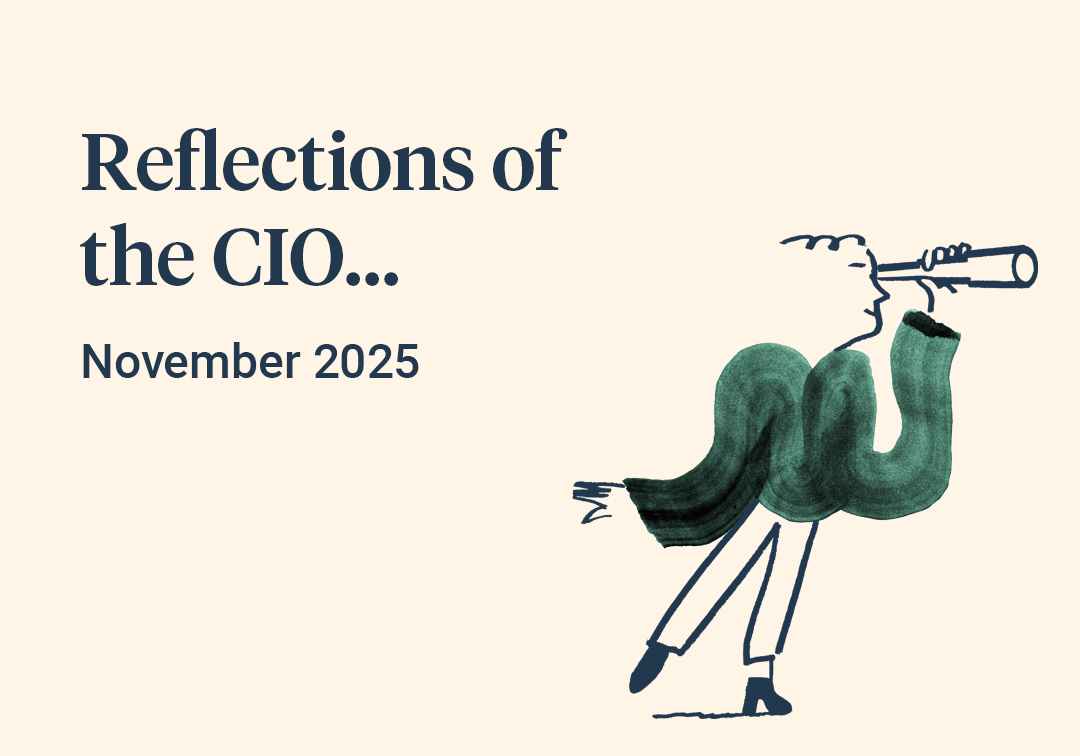After a very weak end to the third quarter, markets duly staged a mini recovery during the month of October. As with the preceding selloff, the recovery was broadly based across geographies and asset classes, with the US stock market leading the charge and ending the period up nearly +9%. The principal reasons for the recovery have a lot to do with the extent of the market falls in prior months. Global equity markets for example, were down nearly -30% year to date before the recovery began in the second week of October. By that stage we were undoubtedly reaching a point of ‘seller exhaustion’, particularly as many investors tend to concentrate their selling towards the quarter end in September, leaving the coast clear for some form of recovery once this process is complete. A largely uneventful corporate earnings season also helped to steady the mood, although it was also apparent that any company disappointing on earnings or outlook, would be punished severely (Meta/Facebook falling -30% post results being the most prominent of the casualties in this arena).
Sentiment remains very weak, and liquidity is poor, both at the market level and in the financial system as a whole. Investors’ time horizons appear to have shrunk to fit alongside the next monthly inflation datapoint, with sharp price swings depending on what the actual reading is and the perceived future responses of central banks. On that note, it is worth pointing out that interest rate policy has tightened very considerably across the developed world in a very short space of time. The futures markets have priced in interest rate rises well into next year, as investors accept that squeezing inflation down will take a sustained effort, which central bankers are serious about delivering. The journey to this realisation over the course of the year has been painful, with very few assets outside of oil related commodities showing positive returns. The big question to us at this point is how much of the bad news is now ‘in the price’ or, to put it another way, just when should we shift our focus towards risk taking and away from risk avoiding.
For us the answer is not quite yet, but most likely soon. For the majority of this year we have actively chosen to not use up the entire risk budget available for each particular client portfolio, and we won’t be changing that stance in the near term. There are several reasons behind this decision, with the main one being that we continue to feel that we are still very early into expected economic downturns, and we don’t yet have a good understanding about how long this could last, nor how severe the effects could be. There are also ‘tail risks’ due to the war in Ukraine and in particular from China, which is still struggling to get on top of a very large property market downturn. The interest rate cycle also has further to run and to date there has been a remarkable resilience to the increases so far, with few large corporate or government casualties (although the UK did briefly manage to put the gilt market up as a candidate only a few weeks ago). We would prefer to wait a little longer to form a better view on just how these events will play out, before feeling comfortable enough to start adding to risk in a meaningful way.



